Low-emissions steel products leverage HBI in low-carbon transition
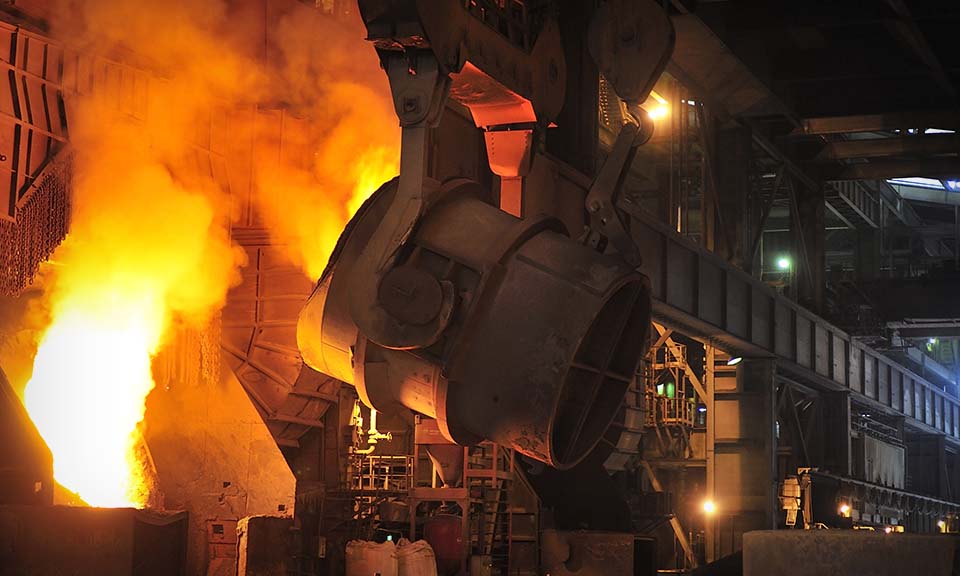
New lower-emissions steel products are growing in the market, with Kobe Steel and Thyssenkrupp marketing grades which take into account the positive impact on carbon emissions from hot-briquetted iron and ferrous scrap used alongside iron ore to produce steel.
Kobe Steel's new zero-emissions steel made its way into suspension used in a Toyota Motor Corp. Corolla hydrogen-fuelled race car last week at the Fuji International Speedway, while Salzgitter and other companies are offering lower-emissions and carbon-accounted steels to buyers focusing on their procurement-related upstream Scope 3 emissions.
Steel producers operating blast furnaces are looking to optimize and introduce new ways to work with raw materials, such as HBI, hydrogen and biomass, and add renewable energy and fuel processes to downstream steel plants. Such changes may boost lower emissions steel volumes ahead of potential expansion in new technologies and applications later this decade in hydrogen-based direct reduction iron and molten oxide electrolysis which promise to slash steelmaking carbon emissions closer to zero.
Kobe Steel and Germany's Thyssenkrupp, which launched the HBI-based bluemint pure and scrap-based bluemint recycled flat steel product range, have taken on the approach of capturing the benefits of using HBI and scrap in their existing blast furnace process and applying the CO2 savings to a proportion of steel products.
Rather than using average carbon intensity in actual steel production methods, emissions savings are isolated to a portion of output with certified lower emissions being applied, using the so-called mass balance methodology. By selling steel with verified emissions, the companies can apply a carbon saving to the relevant product, appropriate with the raw material and calculated volume, and buyers are invited to use the emissions savings against their Scope 3 benchmarking.
Kobe Steel last month launched Kobenable Premier, a steel product with 100% reduction in CO2 emissions during manufacturing, and Kobenable Half, with a 50% reduction in emissions, compared with similar steel using a 2018-2019 fiscal year baseline. The Kobenable range with certified emissions reductions is available for steel sheet, steel plate, wire rod and bar products manufactured at the Kakogawa Works in Hyogo Prefecture, Japan, and the Kobe Wire Rod & Bar Plant.
The mass balance methodology, allocates CO2 reductions to specific steel products, in accordance with ISO 20915, Kobe Steel said.
"This approach has been used for products such as recycled plastics, bioplastics, electricity generated from renewable energy sources, and certified food products like cocoa and palm oil, for which separation of product properties are difficult due to the characteristics of the manufacturing process or the supply chain," Kobe Steel said in a statement. "In the ironmaking process, it becomes possible to reduce the amount of coke used and thereby reduce CO2 emissions by replacing a portion of iron ore with HBI, a raw material for steel that has already been reduced."
Thyssenkrupp highlighted the benefits of using emissions savings directly from using the materials in the blast furnace process into steel products, over applying carbon offsets to steel through other emissions reductions projects and third-party certificates.
Thyssenkrupp compared the emissions savings with its conventional reference steel product emissions of 2.1 mt emissions per ton of strip steel on a life cycle analysis basis taking into account Scopes 1-3. By using modelling, it simulated scrap charged at 100% into the blast furnace in the case of bluemint recycled, which is marketed with 0.75 mt carbon emissions. Scrap is already used in the basic oxygen furnace combined with pig iron for its conventional steel, and is not included in comparative savings applied, it said. Bluemint pure using HBI is marketed with 0.6 mt of carbon emissions, it said.
Cleveland Cliffs, Voestalpine and other companies are utilizing HBI in blast furnaces, also lowering the carbon intensity of steel produced at existing plants by cutting the need for coal and other reductant fuels.
Voestalpine and Kobe Steel have published studies using HBI with iron ore in reducing overall solid fuels to produce hot metal, with a cut mainly seen in PCI coal use rather than met coke. Coke's characteristics help support the burden during smelting, which has limited PCI's rates of substitution. Trials may see blast furnaces use greater proportions of HBI and scrap replacing iron ore products in blast furnaces, although blast furnaces traditionally fed mainly using iron ore products such as sinter, pellets and lump.
Cliffs said in 2021 its Scope 1 and Scope 2 greenhouse gas emissions on a per unit basis fell, aided by the use of HBI supplied internally from its Toledo DRI plant. Overall greenhouse gas emissions in 2021 rose to 34.5 million mt CO2 equivalent from 32.2 million mt in 2020, due to increased production volumes following the COVID effect in 2020, it said.
"Our increased consumption of scrap and our successful use of HBI in our furnaces to reduce coke rate, enhance productivity and quality, and stretch hot metal production led to an overall reduction in carbon intensity per ton in 2021," the steel, mining and scrap processing group said in its latest sustainability report.
In Europe, ArcelorMittal and Arvedi have long been producing flat steel via the EAF route, using mainly scrap in a process which leads to a lower carbon intensity compared with the blast furnace route. US and Japanese EAFs also produce flat steel products using scrap.
ArcelorMittal and Salzgitter earlier announced the production of flat steel using EAFs with certified use of renewable power, demonstrating low-emissions steel products for users trialing new grades and benchmarking for emissions.
ArcelorMittal has a range of long and flat steel products under the XCarb brand of recycled and renewably produced steel made via EAFs using scrap. ArcelorMittal also sells steel bundled with certificates from emissions reductions projects at its sites.
ArcelorMittal's EAF in Sestao, Spain, used 100% renewable power and a high proportion of scrap to produce HRC with less than 0.5 mt of CO2 on a cradle to gate life cycle basis, the company said after the first sale of the grade to re-roller Grupo Arania in March.
Salzgitter has offered cold-rolled and galvanized coil with emissions reductions of as much as 66% by producing the grades using its Peine EAF combined with rolling at the Salzgitter Flachstahl works. Bypassing its regular blast furnaces, the company is offering small volumes of low-emissions certified flat steel to Mercedes-Benz, Bosch, Siemens, Gaggenau, Miele, and Neff. SSAB supplied Volvo Group pilot EAF-based steel in trials, produced with partners as the Swedish company invests in its first EAF in Europe to start up in 2026.
Thyssenkrupp and Salzgitter have plans to invest in DRI plants and seek to contribute to lowering emissions significantly with major operational changes. While Thyssenkrupp intends to decommission its blast furnaces over time, the company sees integrating HBI-based steel production into the current integrated site at Duisburg-Hamborn as already cutting emissions towards its goal, while gaining experience in handling HBI for steel production.
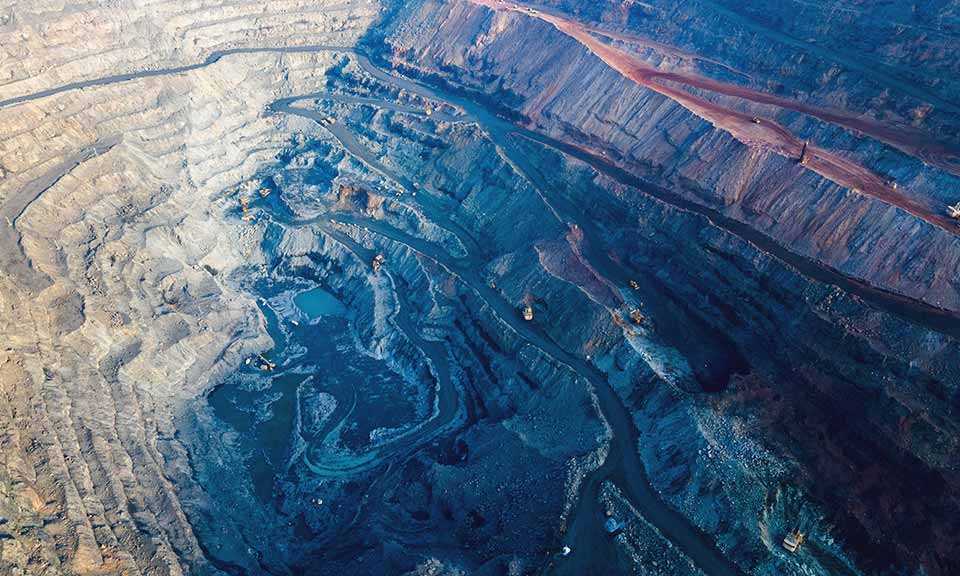
News
Leinster Lithium Project comprised of 23 exploration licenses Several European lithium mining/refining projects set to launch this year UK project developer and battery metals recycler Technology Minerals is to sell its exploration licenses in Leinster, Ireland, to project developer European Lithium. The London-listed company said April 22 the purchase would take place through the sales of 100% of the issued share capital of its wholly owned subsidiary and the owner of its exploration licenses LRH Resources limited. The proposed sale price is $10 million to be settled through the transfer of the equivalent value of shares held by European Lithium in Critical Metals Corp. calculated at 90% of the closing market price of the shares on the day before the signing of a heads of agreement. The shares in Critical Metals will be held in escrow until Feb. 28, 2025. LRH Resources' Leinster Lithium Project is comprised of 23 exploration licenses containing significant lithium bearing spodumene pegmatites. Technology Minerals said it will retain its 100% interest in the Asturmet project in northern Spain. "The agreement is an endorsement of our ability to identify and develop early-stage projects with significant potential," said Alex Stanbury, Technology Minerals chief executive. "It also underscores our strategy to advance early-stage projects up the value curve and attract potential buyers or partners to bring additional value to the company and its shareholders," he added. European Lithium chair, Tony Sage said that the acquisition demonstrates his company's commitment to expanding in the European lithium industry and its ability to identify and secure promising lithium properties. "This also demonstrates the value of our investment in Critical Metals Corp. As we move forward, we can utilize the investment again and again without depleting our cash reserves, he said. European Lithium, an Australia-listed mining exploration and development company is focusing on the development of the Wolfsberg project in Cezch Republic. The company is aiming to be the first and largest local lithium supplier in an integrated European battery supply chain. Several European lithium mining and refining projects are poised to launch commercial operations this year, supported by a push among original equipment manufacturers, or OEMs, to regionalize their battery supply chains and reduce dependence on imported material. On March 18, The European Council adopted the European Critical Raw Materials Act (CRMA) The regulation requires that EU capacities along the strategic raw material supply chain satisfy at least 10% of EU annual consumption of mined material, at least 40% consumption of processed products and at least 25% consumption of recycled material. The regulation also requires that no more than 65% of the EU's annual consumption of each strategic raw material at any relevant stage of processing should come from a single third country. Platts, part of S&P Global Commodity Insights, assessed lithium carbonate at $14,500/mt CIF Europe April 22, unchanged on the month, while lithium hydroxide was assessed at $14,500/mt CIF Europe on March 18, also stable on the month. Platts Connect: News & Insights (spglobal.com)
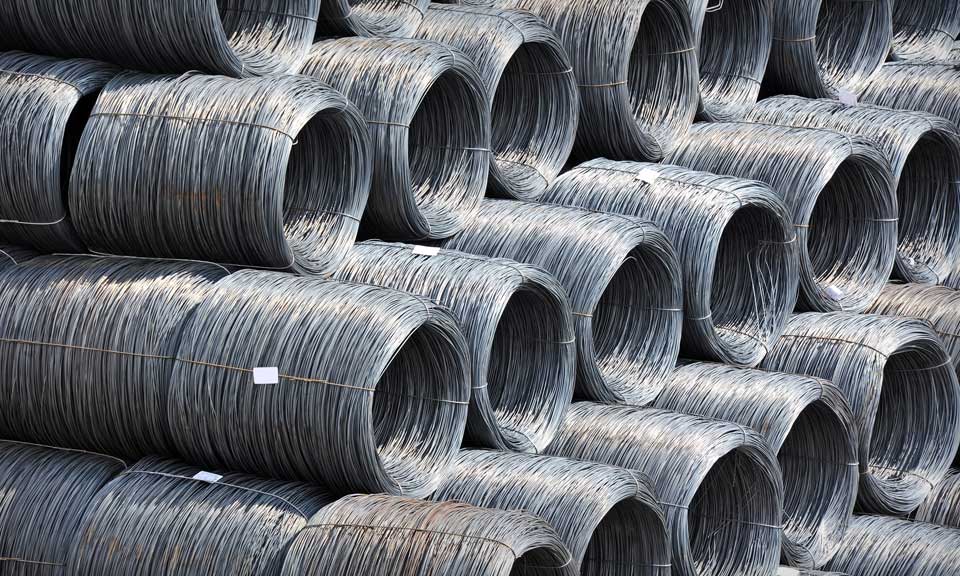
News
China's property sector has been in shambles over the past few years and remains the biggest drag on domestic steel demand. The property market has trended downwards in the first quarter of 2024. With no major recovery signs in new home sales, China’s new home construction starts are likely to remain on the downwards trajectory in the foreseeable future. The slowing property sector has triggered debt risks locally, leading Beijing to order local governments to downsize infrastructure projects, which has also undermined the growth momentum in infrastructure steel needs, adding to the demand slump. Click here to see full-size image
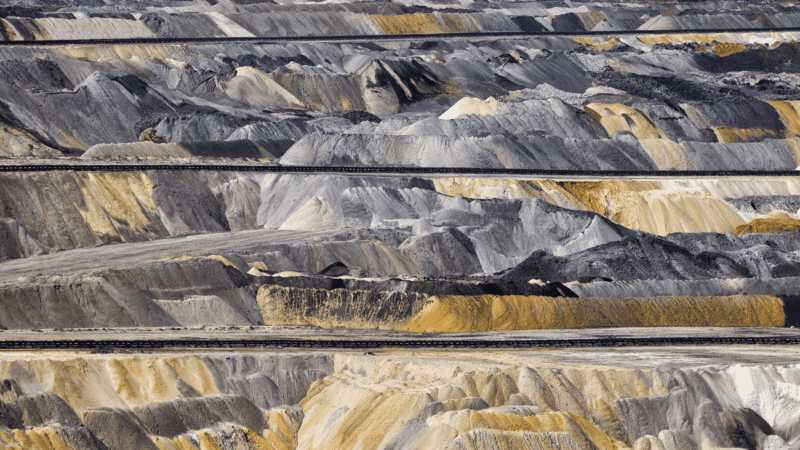
News
Pact prioritizes sustainable supply Countries to address non-market policies and practices Norway is large supplier of nickel to US The US and Norway intend to advance a memorandum of understanding to cooperate on critical minerals development and trade, representing another US pact with an international trade partner focusing on critical minerals. Under the agreement, the US and Norway will pursue the long-term commercial viability of “sustainable, high-standard, market-oriented critical minerals mining and processing activities” in the two countries and globally, according to a statement issued by the White House late April 17. The partnership's focus areas also include advancing responsible labor and environmental standards within global critical minerals supply chains and discussing responses to non-market policies and practices of certain other countries that have contributed to volatile, distorted market conditions, the statement added. The US and Norway are already part of the Minerals Security Partnership, which aims to strengthen critical mineral supply chains. Unwrought alloyed aluminum and unwrought, unalloyed nickel are among Norway’s top ten exported products by value over the last two years, according to S&P Global Market Intelligence data. Both metals are identified in the US’ list of critical minerals compiled by the US Geological Survey. The US imported 5,153 mt of unwrought alloyed aluminum and 14,853 mt of unwrought, unalloyed nickel from Norway in 2023, according to US International Trade Commission data. The aluminum shipments from Norway represented only about 0.3% of US import share, but Norway's nickel made up to 16% of the share. Through the partnership, Norway could benefit from the US’ lithium project development prospects if some of the country’s proposed mines reach production by the end of the decade. Norway is a leading adopter of electric vehicles in Europe, and the nation is home to one of the world’s leading ex-Asia lithium-ion battery producers, Freyr. The US’ trade agenda continues to prioritize critical mineral supply chains to support energy transition goals. The US signed a critical minerals agreement with Japan in 2023 and is advancing discussions for similar deals with the EU and the UK. Platts Connect: News & Insights (spglobal.com)
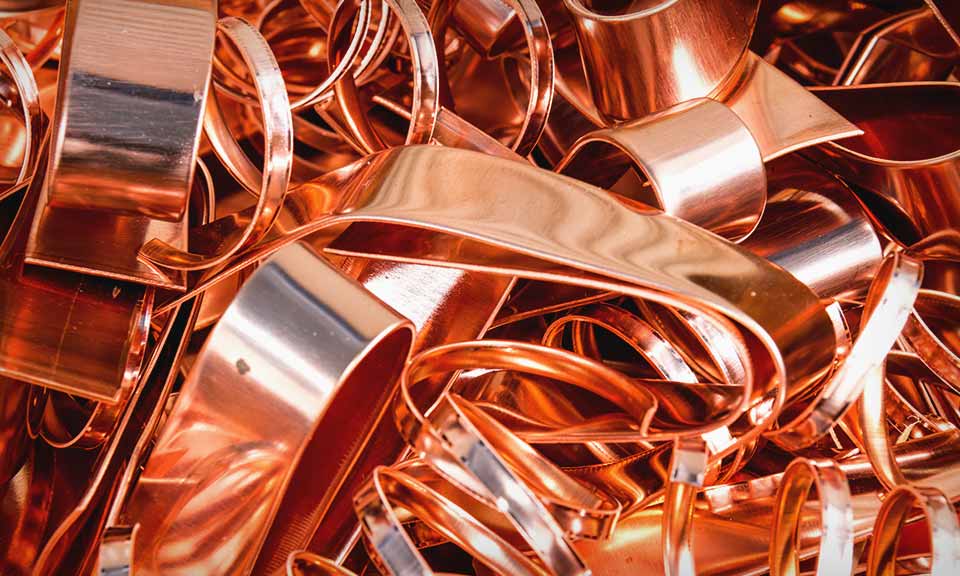
News
Plant will have an output of 80,000 mt/year Syrah delivered 10,000 mt of graphite fines to PT Indonesia BTR Chinese graphite exports "extremely limited" over Jan-Feb Chinese anode material producer BTR New Material Group is expected to start up an 80,000-mt/year active anode materials plant at Indonesia's Morowali Industrial Park, Central Sulawesi province, by the end of 2024, Australia-listed graphite producer Syrah Resources said April 8. The $478 million AAM plant will process synthetic graphite, supplied by Syrah and other suppliers, into anode materials. At the same time, Australia's Evolution Energy Minerals, in which BTR owns a 9.9% stake, is expected to supply 100% of the fine flake graphite produced from its Chilalo project in Tanzania to BTR for three years. Syrah said on the same date that it delivered a 10,000-mt break bulk shipment of natural graphite fines from its Balama graphite operation in Mozambique to PT Indonesia BTR New Energy Materials in Indonesia. The future of Syrah's Balama operation, which has a production capacity of about 350,000 mt/year, will be determined by the impact of China's export controls on the global market. China implemented export controls on natural graphite and its products, effective Dec. 1, 2023 . Citing January-February data from China's General Administration of Customs, "natural graphite fines and coarse flake exports were extremely limited," Syrah said. "Purified spherical graphite exports were 25%-40% of the 2023 monthly average and limited to South Korea." The 10,000-mt cargo to BTR is Syrah's "first large volume natural graphite sale to a battery supply chain participant destination outside China," Syrah said, following a trial shipment made in the first quarter of 2024. The delivery of the graphite cargo to Indonesia comes after Syrah signed a six-year deal to supply natural graphite fines to South Korea's Posco Future M in March . Data from S&P Global Commodity Insights showed that Platts assessed spot prices of natural flake graphite at $465/mt CIF Northeast Asia on April 5, flat from the session before, and spherical graphite at $2,060/mt CIF Northeast Asia, also unchanged from the previous session. Platts Connect: News & Insights (spglobal.com)